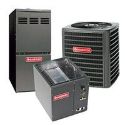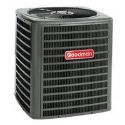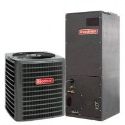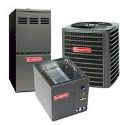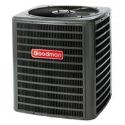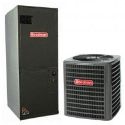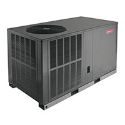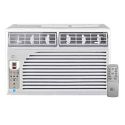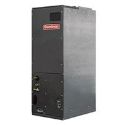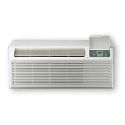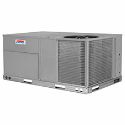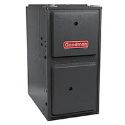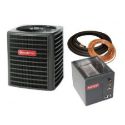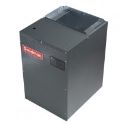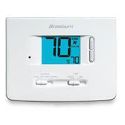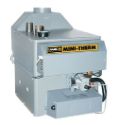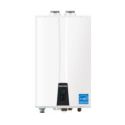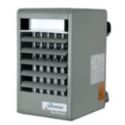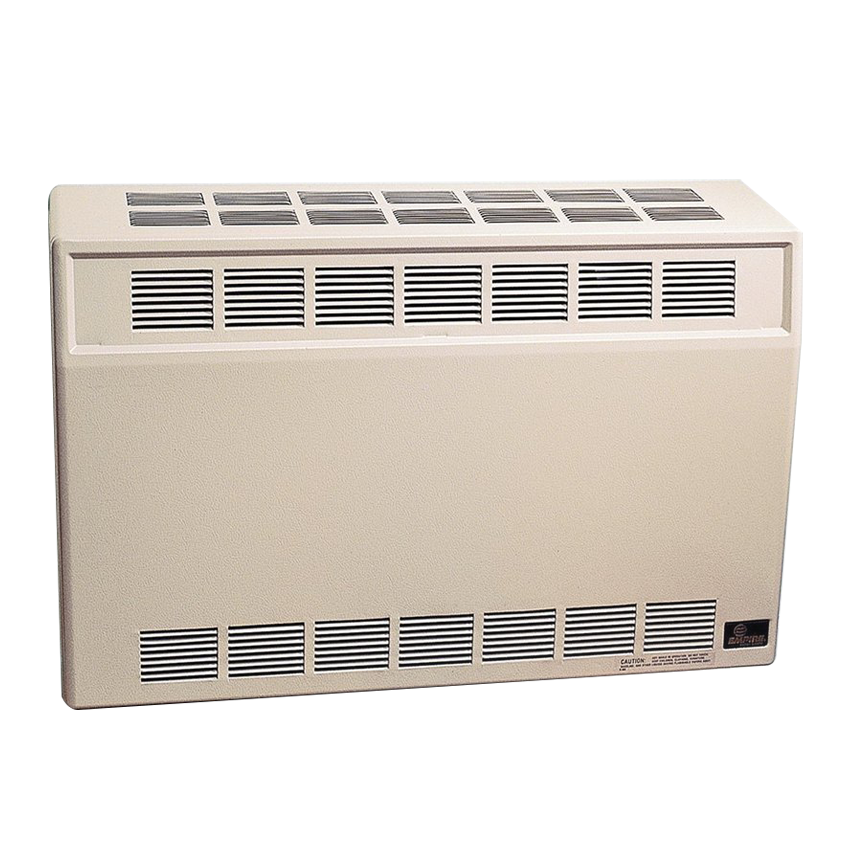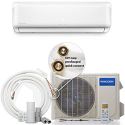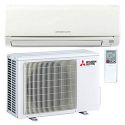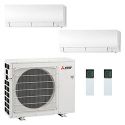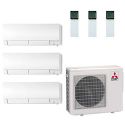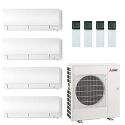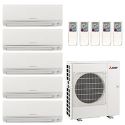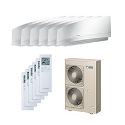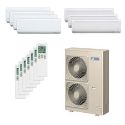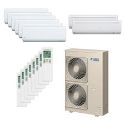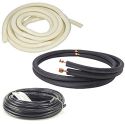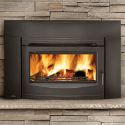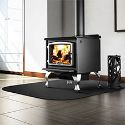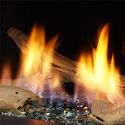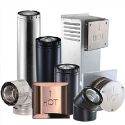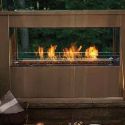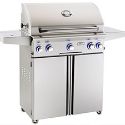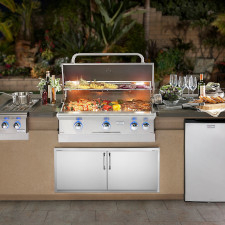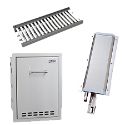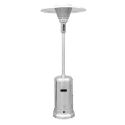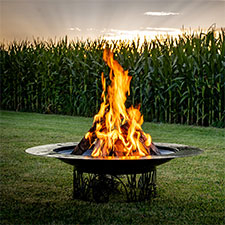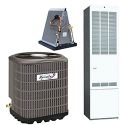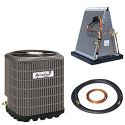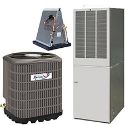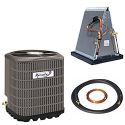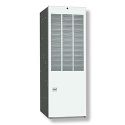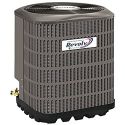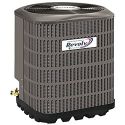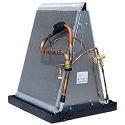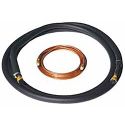Regular housing and mobile homes vary in some significant ways and these differences affect the HVAC solutions that every kind of housing can hold.
Bear in mind that manufactured and mobile homes are delivered to a site in partially built pieces, unlike a conventional home that's built completely onsite. This needs some differences in the installation and design of a mobile home's HVAC system units.
Understanding these differences is significant when troubleshooting HVAC issues. Here are the differences between the two.
Installation Process: Mobile Homes
 The installation process for a heat or air conditioning unit in a mobile home differs from a site-built home. For a mobile home, a crew or independent contractor typically install the AC unit and furnace when it's being assembled on the property.
The installation process for a heat or air conditioning unit in a mobile home differs from a site-built home. For a mobile home, a crew or independent contractor typically install the AC unit and furnace when it's being assembled on the property.
The installation of the ductwork may take place during the unit's development in the factory or another contractor might install it. An electrician might connect the unit as well.
A mobile home usually has a forced air unit because it lacks the additional crawl space or attic space for a different kind of furnace to fit into safely. The unit sits in a small, enfolded furnace cabinet with a vented door.
You must be careful not to block or cover the vents around the furnace in a mobile home otherwise overheating will take place. Unlike bigger units, you must take manufactured home furnaces apart to access the thermocouple or ignition.
Including a new air conditioner to a mobile home can be challenging because some homes might lack ductwork and ceiling or floor vents, making a self-contained or window unit the only option.
Installation Process: Regular Homes
- Plan and set up the ducts. Use your home's floor plans to map out where you'll put the ducts. The objective is ensuring you have sufficient space in easily accessible spots.
- Place the air handler next to a condensation drain. Make sure you adhere to the manufacturer's guidelines. Generally, the installation of handlers takes place in the basement. The handler must be able to function outside your home.
- Fit the compressor. If you intend to hire an electrician, you'll need their help. Again, you must adhere to the manufacturer's instructions. However, generally, you should place compressors 10-12 inches from your building. Ensure you switch off the mains to your house before getting started.
- Drill holes through the external wall; one for the electrical tube and the other for the refrigeration tube. You should fill the holes with a strong filler to protect against leakage. Make sure you connect the compressor to the mains before switching them back on.
- Confirm with an electrician. After connecting to the mains, it's important you ensure it's capable of carrying the load. Having a professional check the capabilities and requirement will ensure safety and proper installment.
Types of AC units for Mobile Homes
The two major options for mobile homes are package unit or split system
Package System
A packaged system provides both heating and cooling performance from one unit. This kind of system mainly functions within manufactured or mobile homes. Since there's almost no room for an air handler or ductwork, the installation of the package unit takes place on the ground or above the flat roof.
It's important you hire a professional company like ours to maintain or install your unit. Remember, the improper installation might lead to serious problems in the future.
Split System
 The term "split" implies that the system has to components: the outdoor and indoor system. The outdoor system is frequently termed the condensing unit or condenser while the indoor system is frequently termed the air handler or furnace.
The term "split" implies that the system has to components: the outdoor and indoor system. The outdoor system is frequently termed the condensing unit or condenser while the indoor system is frequently termed the air handler or furnace.
For a mobile home, you want to make sure you aren't buying a bigger unit than you require. This will generate complications, for instance, a higher utility cost and inappropriate dehumidification.
AC Units for Regular Housing
Central Air
This provides whole-house comfort from a single air conditioning system. Most homes that have this type use a split system where air circulates through the ductwork. This system uses a refrigerant to eliminate heat from your home's air.
Central conditioning supplies cooling to all rooms linked to the duct network, creating a cooler environment throughout your home.
Ductless Mini-Split
This unit resembles a typical air conditioner in some ways but it functions more efficiently and quietly. Most of them can accommodate up to four air handlers joined to an outdoor compressor. These systems are easier to install and you can add them to homes without existing ductwork.
A wide range of cooling options exists in the market, so you must make sure you choose the appropriate one for your home. If you can't distinguish between units for a mobile home and a standard home, this guide will prove valuable.
 Shopping Cart
Shopping Cart


